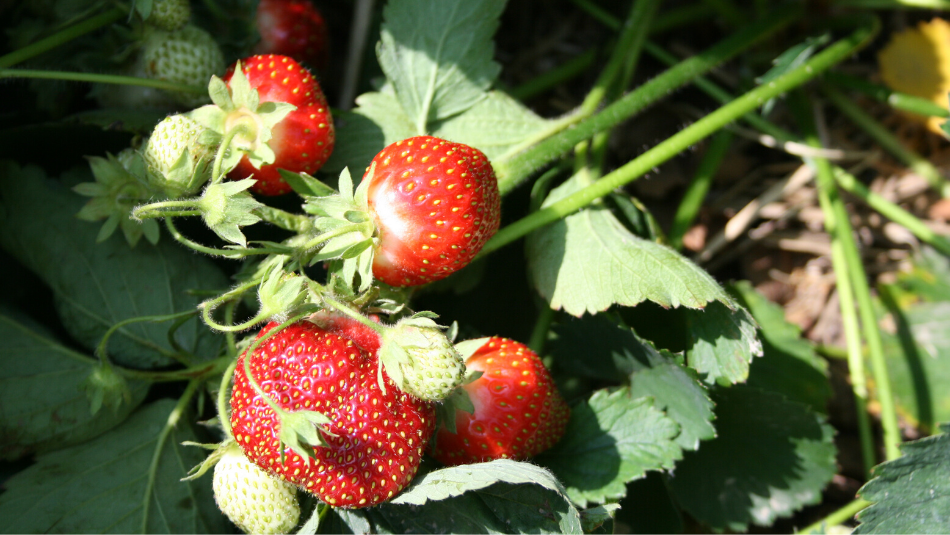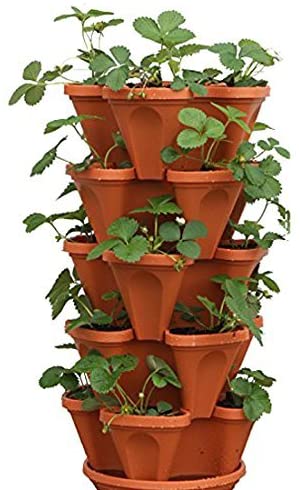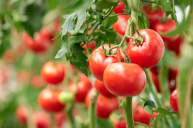There really isn't anything better than picking a strawberry right off the vine and popping it into your mouth. Though, to be fair, fresh strawberry jam comes pretty close. And while you can get strawberries from the grocery store, homegrown strawberries are so much better. If you want to try to cultivate strawberry plants in your garden, we've got your complete guide on how to grow strawberries right here.
Videos by Wide Open Country
Strawberries are perennials, meaning that they die out during the winter and then grow back the following year. They're easy to maintain, though the runners do like to grow; the vines will spread across your yard if you don't clip them. You can grow strawberries in small spaces and giant gardens, and they're perfect for container gardening, so if all you have is a small patio or balcony, you can still plant strawberries.
There are three main types of strawberries that home gardeners can grow: June-bearing strawberries that produce the largest berries and the largest overall crop, but only once during mid-June to early July; everbearing strawberries that produce fruit in both the early summer and again in early fall; and day neutral strawberries that produce berries throughout the growing season.
When and where to plant strawberries
New plants can go in the ground during early spring or fall. Check the USDA Plant Hardiness Zone Map to determine the best time to plant. From zone 6 and north, plant young plants in the spring so they can grow a solid root system before winter. From zone 7 and south, plant strawberries in the fall.
You can replant your strawberry plants in late summer if they need protection from especially cold winters (or you can place a portable greenhouse over them for extra protection from the elements).
While strawberry plants will grow with as little as six hours of sun a day, the best strawberry yield comes from plants that get at least eight hours of sun each day. The plants grow best in slightly acidic soil (pH level between 5.5 and 6.8); if your garden has naturally alkaline soil, you might plant them in a raised strawberry bed or container (even a hanging basket) where you can use a good potting soil.
Most types of strawberry plants will need to be spaced 18 inches apart because of the runners they produce. Check the plant tag in case it's one of the strawberry varieties that can be planted closer.
It's important to set the plants correctly. The bare roots should be covered with soil, but the crown - the central growing bud, where the leaves, flower and fruit grow from - should be exposed to light and air. If you cover the crown, the plant could rot.
If you are short on space, try using a vertical strawberry planter.
How to grow healthy strawberry plants
You need to water strawberry plants regularly; make sure they get at least an inch of water every week, but you can give the plants up to two inches of water while the fruit is forming. Don't forget to water the plants during late summer when they're not actively producing fruit. While the plants do like water, they don't like standing water. Plant in an area with good drainage and avoid getting the leaves of the plant wet, since that promotes mildew.
Mulch, either straw mulch or shredded leaves, or row covers will keep the moisture level in your strawberry patch consistent. And you may want to put bird netting over the plants so that you get the fruit first.
Once the plants begin to flower, it takes about four weeks for the fruit to ripen. During the first year especially, pinch off some of the first flowers that form so that the plant to establish stronger leaves and roots before fruiting.
Once you grow strawberries in your own garden, you'll never buy them from the store again!






